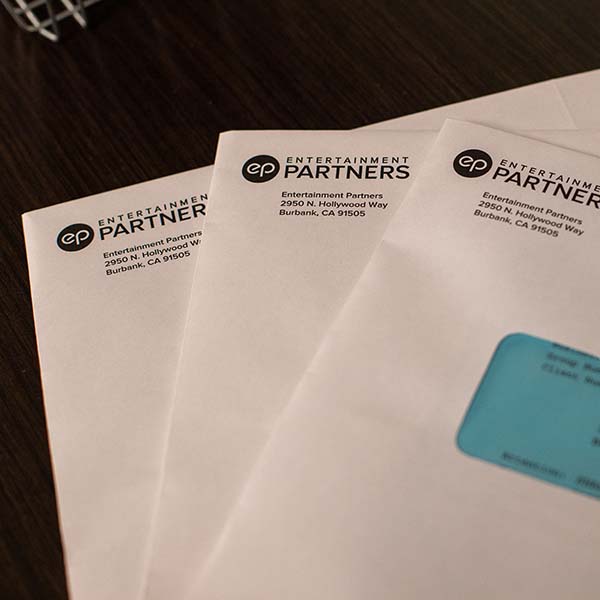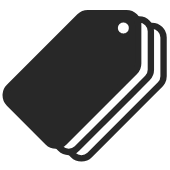Meet The Costume Designer
Staff Writer
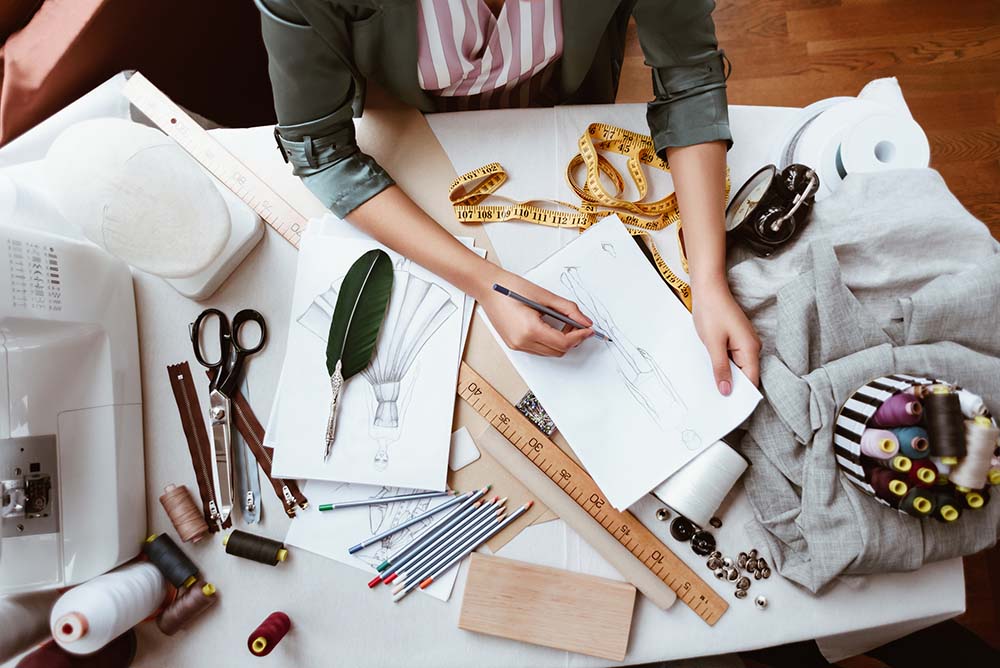
Costume Designers are character creators, and their role goes well beyond the tailored suits, worn leather jackets, and superhero capes we see on screen.
Before shopping or building any piece for a project, every costume designer takes on the role of psychologist or sociologist, asking questions as they read through a script: Where does the character live? What’s the time period? What’s their economic status? Is this reality or fantasy? What kind of car do they drive?
Diving into the world of the script, costume designers are able to create realistic design choices for a character’s wardrobe that reflect who that person is, and what kind of emotion they need to evoke from the audiences to further the plot. It’s visual storytelling at its finest.
The Research Process
A key part of the role, every costume designer has their unique approach to researching: Googling, people watching, reading, collecting vintage images, studying the construction of vintage clothing design, visiting libraries and museums, and so much more.
Costume Designer, Shawna Trpcic, known for dozens of projects, including Firefly and The Mandalorian, explains the importance process of her research:
"[I] thoroughly research the character. Once you know the truth, then you can bring your own creative bent to it. To make it larger than life, to make it entertaining. But I think it’s so important to start with the truth. I knew this one guy who wore a cap, and the way he would fiddle with the brim, it was slightly stained from his hand oils constantly touching it and adjusting it. Those little details you can’t just make up, you need to research it; study the character."
After gathering all the research, it’s time to begin the design process.
The Design Process
Costume designers are some of the most collaborative people in filmmaking. Not only do they work with many other artistic departments, such as hair or production design, but their own teams are large and varied, consisting of supervisors, shoppers, seamstresses, illustrators, costumers, agers/dyers, PA’s, coordinators, and beyond.
Costume Designer, Michael Wilkinson, who has designed projects from Justice League to American Hustle to Tron:Legacy, says this of his process:
“The way I like to work is with Illustrators. I first do a quick sketch myself, whether it’s a line drawing, or a photoshop collage with my favorite images, and then we bring all our ideas together for a nice compelling image for me to show the director. Then, the process starts. We refine ideas, we throw ideas out, we grab new ones. It's a really fun experience of meetings and presentations where we start creating a world that hopefully is a unique synthesis of new ideas. I work a lot simultaneously with the production designer, because they are going through a similar process with their own department. It’s really important to make sure you are going down the same path together. I love that cross pollination of ideas and textures and colors that happen between the costume designer and the production designer.

Costume Designer, Michael Wilkinson (courtesy of Michael Wilkinson)
Once the ideas take shape, Michael goes on to explain, the next part of the design phase to bring the sketches to life:
“[Y]ou’ll get approval from the studio before you start making anything, and then the real fun begins! That’s when we can bring those beautiful sketches to reality, and the team starts to grow. You start working with shoppers and specialty Costumers if you are making superheroes. This kind of work is with a very amazing and specialized group of professionals in a specific kind of construction, which is not so much about pushing fabric under a sewing machine, but scanning an actor, to clay sculpting, to digital renderings of armor and material exploration. We start having fittings, camera tests, approvals and notes from studios, and then we take things to camera.”
I’ve had many, many actors not know who their character was until they put on the clothes.
Intended or not, it is often the costume designer who solidifies a character by creating their signature look, putting their stamp on history and defining an icon that the film or television project will be known for. This character development process begins in the fitting room.
As Trpcic explains: “I’ve had many, many actors not know who their character was until they put on the clothes.”
The fitting is one of the most important parts of the design process. Costume designers see this part much like painting a picture on screen through clothing, ensuring every detail, from the length of a hem to the color of a hat is hand-selected and tailored. Together these pieces are the brushstrokes that add to the set, props, makeup, hair, and lighting for a well blended scene that propels the storyline forward.

The Mandalorian/Disney+
Additionally, costume design includes outfitting background actors (or "BG" for short), sometimes hundreds at a time. This part of the job requires long, arduous days of fittings with the costume supervisor and team of costumers.
Different Kinds of Costume Design
Contemporary, period, digital, television, or film, costume design takes on many forms. But the core design elements never change, and it’s all equally challenging.
The Costume Designer’s Guild acknowledges these challenges for both contemporary and period costuming alike, and demystifies misconceptions:
“There is a misperception that shows set in the present-day are entirely shopped. While pieces may be purchased, they require fitting and customization, not to mention combination with other garments. Some designers even fill pockets with mementos to aid the actor in becoming the character. Unbeknownst to many, costumes are usually made in multiple to accommodate looking precisely the same, or deteriorating exactly as the story requires. This is known as continuity. Additional versions are made for stunt people as well as stand-ins.”
You have to create something intriguing, layered and beautiful for all those different categories, whether it's web, film, or television. You can’t compromise, you have to give 110% no matter what medium you are working in.
As Trpcic explains, designing for different platforms can be a unique yet similar experience:
“In television it’s very fast, you’re creating a one-hour movie every eight days, whereas in film, you might have two months to create an hour and a half production. It’s just a matter of time and budget. Typically in film, you might have twice the budget. Creatively though, there is no difference at all. You have to create something intriguing, layered and beautiful for all those different categories, whether it's web, film, or television. You can’t compromise, you have to give 110% no matter what medium you are working in.”
The Future of Costume Design
As technology continues to evolve, so too does costume design. From improving the organizational side through tools like SyncOnSet that help with coordinating more efficient fittings and breaking down scripts, to impacting how the costumes are made, as Wilkinson explains, “The most compelling part of my job is really keeping an eye on what’s coming out. Technology can really help push your costumes to the next level.”
Even with technology so accessible, it’s still just a tool to the overall art of costume design, and Wilkinson reminds us of the true craft of the costumer designer:
“We live in an age of so many amazing references and visual overload around us, so it’s a case of absorbing and processing so your eyes stay fresh. Have fun with new technologies, and don’t see technology as something that is going to take away from the human experience, but take you to a whole new world of creativity that will hopefully result in exciting and unique work. Costume design is a lifetime pursuit, it’s not as if you master it and do your thing. I want to remain an eternal student and make sure that my work is always evolving.”
And what an evolving role it is! Costume design is not for the faint of heart and requires consistent dedication to the craft and leadership to guide their team in bringing a sketch on paper to the screen.
The moment the director calls “action” and the costumes make it to camera, adding life to the set, every designer shares a similar rewarding experience of watching their designs transform the characters. Characters that remind us of the human experience we all share in, connecting us with history and stories that make us pause, laugh, cry, celebrate, and wonder.
Related Content

BSO, CMPA Launch Accelerator for Black Producers
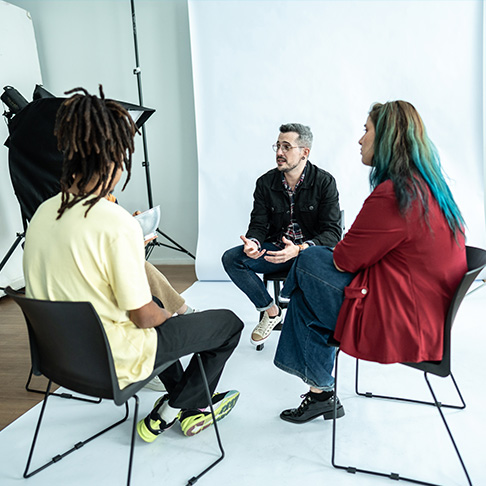
Meet the Wellbeing Facilitator
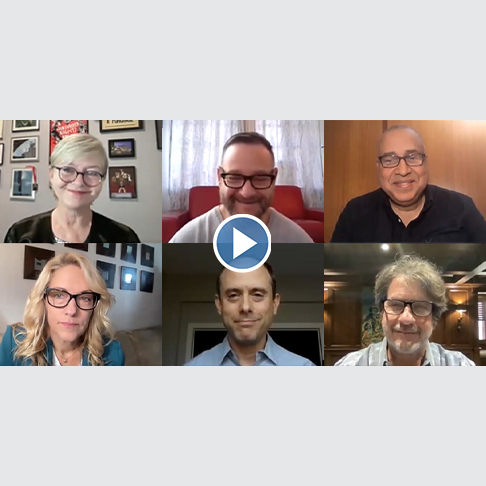
Minnesota: Land of 10,000 Opportunities
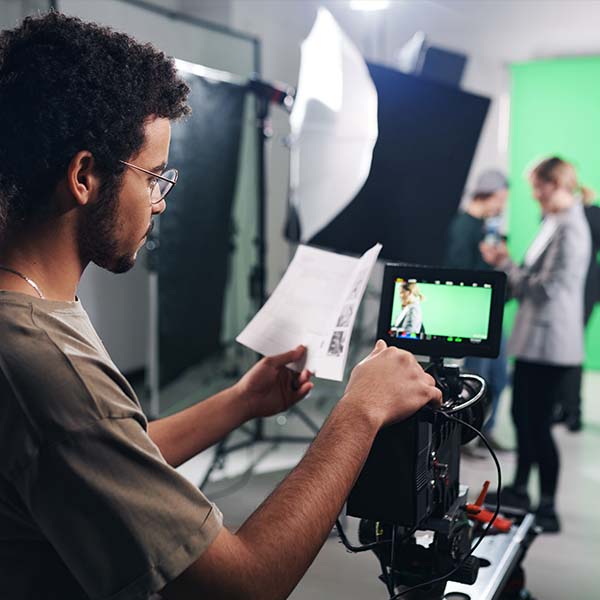
Operating a Loan-Out in Canada: A How-to Guide
